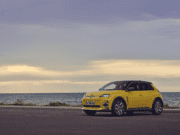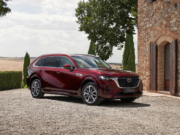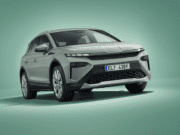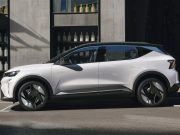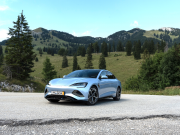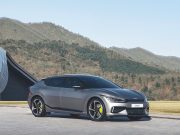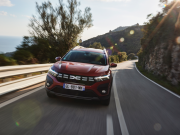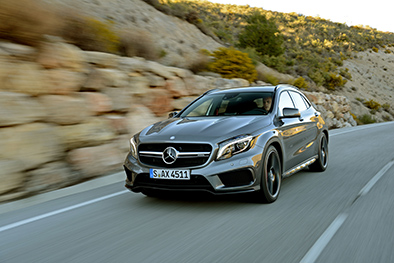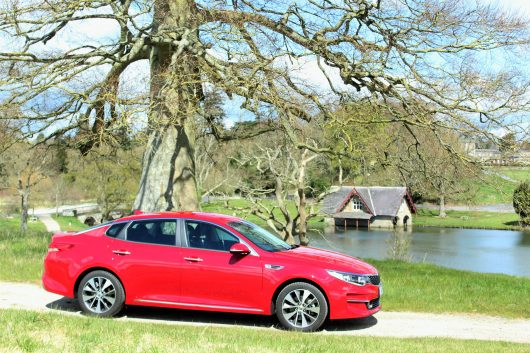
The Kia Optima is always a car that has caught my eye. Up until this test drive however I must admit I never had the opportunity to sit inside one never mind drive one. What has always appealed to me about the Optima is its looks. Kia as a brand has achieved great success over the past number of years and appears to be increasing its own market share with various popular models such as the Picanto, Rio, Cee’d, Sportage and Sorento.
When the previous model Optima was launched a number of years ago, it came into a worldwide market which was in recession and vehicle sales were suffering hugely. The Optima seemed to just slip in under the radar for a lot of potential buyers but these same buyers should definitely take note of this latest model. This I suppose is the biggest hurdle for Kia to overcome with the Optima, trying to obtain a significant share of the saloon market from some popular competitors such as the Volkswagen Passat, Ford Mondeo and Hyundai i40.
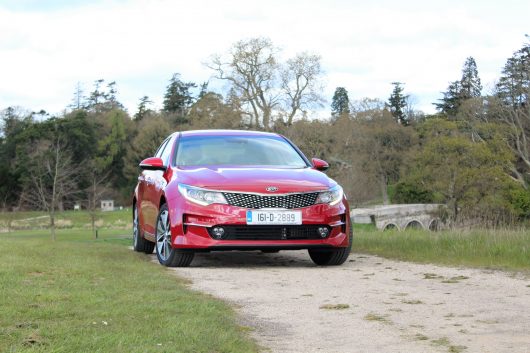

The Optima is available in three separate trim levels; EX which is the entry level, Platinum which is mid-range and probably the most popular seller and the range topper which is the GSE. The subject of this review is the mid-range Platinum trim powered by a 1.7 litre CRDi diesel engine coupled with a 6 speed manual transmission. The Optima is also available with a 7 speed double clutch automatic transmission.
So, back to the matter at hand. Looking at the Optima from the outside you will be greeted by the defined lines of the body contours. Given the size of the Optima it manages to hide it all so well. The wheelbase of the new Optima has been extended by 10mm which has resulted in the full vehicle length extending by the same figure. The new model is also wider and sits slightly taller. Looking from the front, Kia have integrated the brands hallmark “tiger nose” grille along with wrap around headlamps. The LED halo-style tail lamps wrap around the rear corners providing a new light signature. The expansive rear bumper also houses a sporty air diffuser and oval exhaust. Given the sporty appearance of the Optima I felt Kia could have splashed out on a twin exhaust to finish off the rear properly.
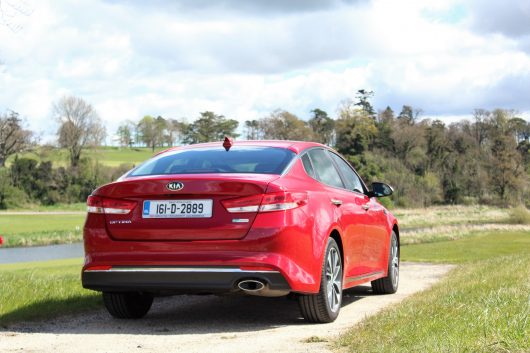

Sitting into the new Optima, Kia have focused on a luxurious finish in a fresh modern interior. Everything inside seems clean and uncluttered. The quality of the materials which have been utilised on the interior appear to be of a high quality finish with fine stitching along the broad dashboard and quality leather in the seating. The dash board is divided into an upper display zone and a lower control zone which Kia says ensures that the driver never needs to take their eyes off the road whilst trying to see the information display. Housed at the centre of the dash in the upper display zone is a new 8.0inch touchscreen infotainment system. There are also buttons located below the screen which provide instant access into a number of the key infotainment functions.
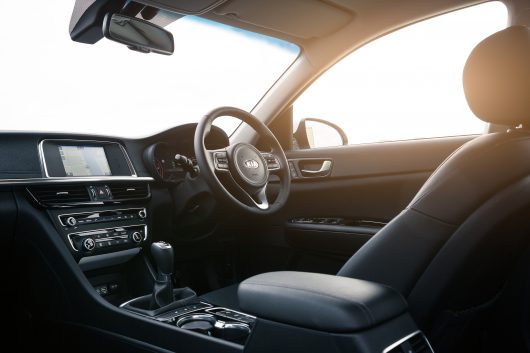

Given the slight increases in the wheelbase of the Optima the interior space benefits greatly. Kia have reshaped the front and rear seats in order to maximise the available space to all the occupants. Rear seat passengers benefit from an additional 25mm in legroom than before with increased shoulder width and headroom. Boot space has also increased to 510 litres. The opening in the boot ensures improved practicality. One thing that I did find was that the resistance on the hinges for the boot don’t appear to be up to holding up the weight of the boot. Soundproofing appears to have played a big role in the development of this newest Optima with little or no road noise or engine noise for that matter.
Taking to the road in the Optima the feel of quality which you find within the cabin is continued. While the steering in the Optima may feel light it still offers good feedback to the driver and given the intelligent chassis and suspension design the Optima handles brilliantly. You wold expect given its size that you would have a few hectic moments as you traverse our countries winding country roads but it provides endless reassurance to the driver. The upgraded 1.7 litre CRDi engine has received a range of modifications resulting in improved power output and torque. This engine now produces 140 bhp and 340 Nm torque.
Technical Specification
Engine Size – 1.7 CRDi
Fuel Type – Diesel
Power – 140 bhp
Torque – 340Nm
Acceleration (0 – 100km/h) – 10 seconds
Top Speed – 203 km/hour
Consumption (Combined) –4.2 litres/ 100 kilometres
CO2 emissions – 110g / km
Road Tax – € 190
Base Price – € 27,950
Price as per model tested – € 31,450 (Platinum trim)





